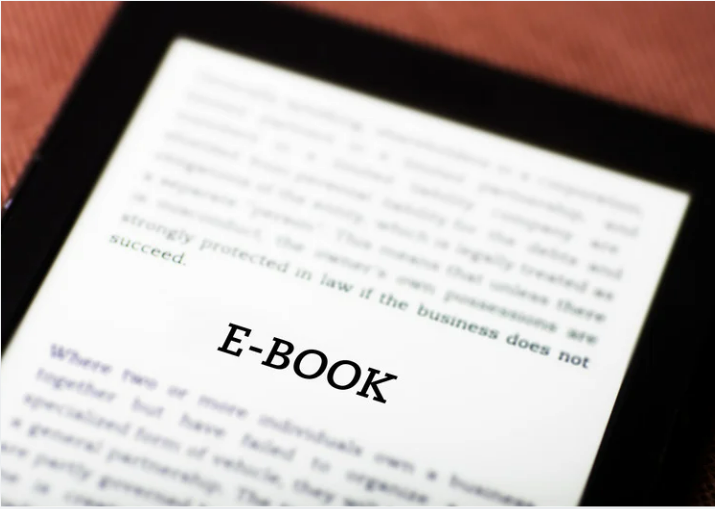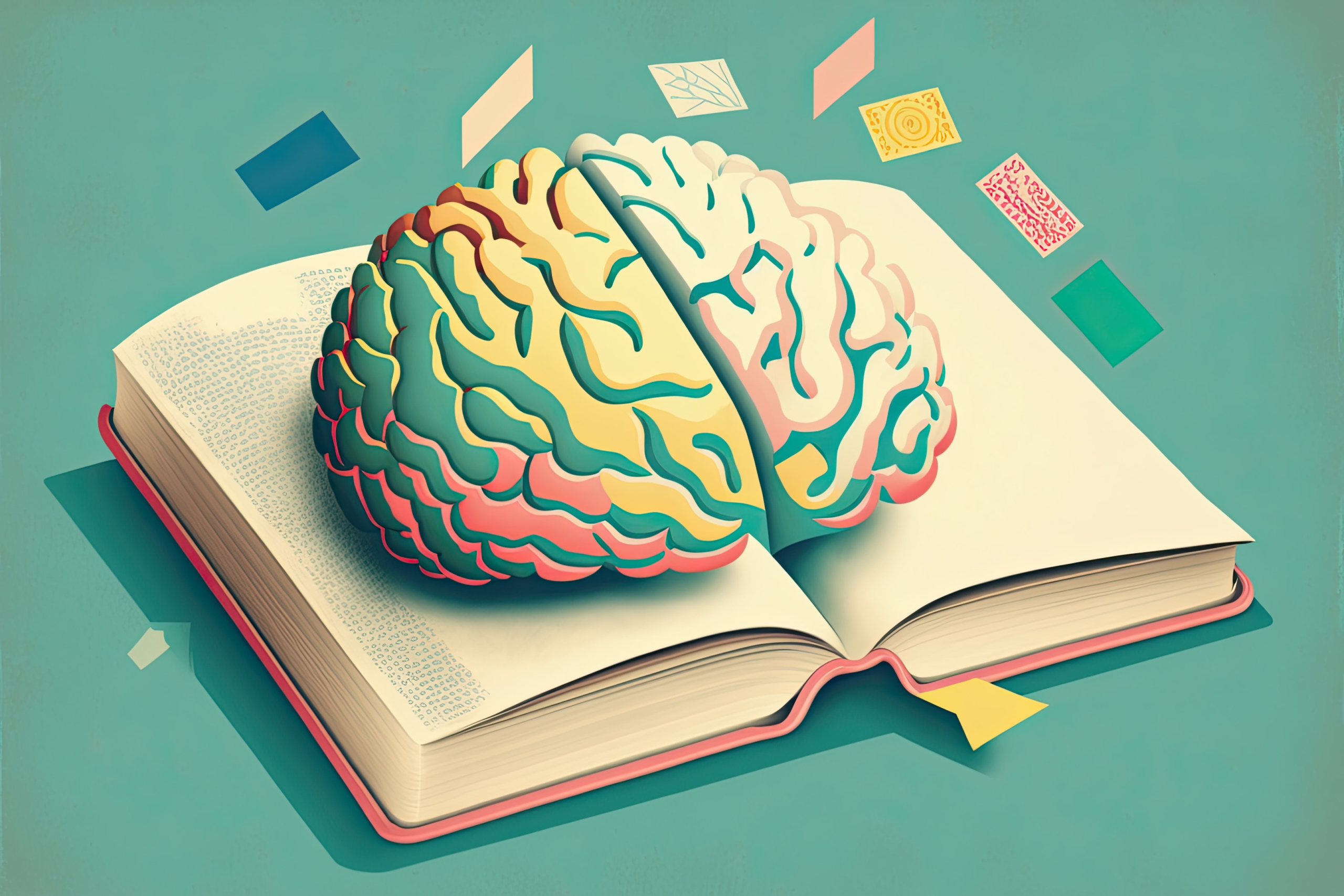
Reading in the Digital Age
In the past few decades, the reading landscape has undergone a seismic shift. What was once a domain dominated by the tactile experience of turning pages has rapidly transformed into one where digital screens reign supreme.
Evolution from Print to Pixel
This evolution from print to pixel is not merely a change in format; it represents a significant shift in our reading habits, critical thinking skills, and overall interaction with the written word. As we navigate this digital world, it’s pertinent to understand how digital reading reshapes our cognitive processes and what this means for literacy and critical thinking.
The Print Era: A Foundation of Literacy

For centuries, the printed page was the primary vehicle for knowledge dissemination. From classic literature to academic texts, the tangible experience of holding a book fostered a deep connection between the reader and the written word.
This traditional method of reading cultivated focus, concentration, and a linear approach to consuming information. The quiet solitude of reading a physical book allowed for immersive experiences and a deeper understanding of complex ideas.
Moreover, print reading played a crucial role in developing critical thinking skills. Readers were encouraged to analyze, interpret, and evaluate the information presented on the page. This deliberate engagement with text helped to shape analytical minds and foster a love of learning.
The Digital Revolution

The rise of digital technology
The rise of digital technology has irrevocably changed the landscape of reading. E-books, online articles, and social media have become the preferred sources of information in modern life.
Unparalleled convenience
The proliferation of digital devices such as smartphones, tablets, and e-readers has driven this shift. These devices offer unparalleled convenience, allowing us to carry entire libraries in our pockets and access information at the tap of a screen.
Challenges
While digital reading offers such convenience, it comes with its own challenges. Reading on digital screens differs significantly from traditional print reading.
Studies have shown that people tend to skim and scan when reading on a computer screen, often jumping from one piece of information to another without fully absorbing the content. This fragmented way of reading can impact our ability to achieve a deeper understanding of the material and affect the development of critical thinking skills.
However, it’s essential to note that the digital revolution has also opened up new avenues for learning and engagement. For many, interactive features, multimedia content, and personalized recommendations can enhance the reading experience.
The Reading Brain

To comprehend the full impact of this transition, it’s essential to delve into the science behind the reading brain.
Reading is a complex cognitive task that involves decoding symbols, comprehending meaning, and integrating new information with existing knowledge. When we read, our brain forms neural pathways that facilitate these processes.
With its linear and uninterrupted nature, print reading allows for deep cognitive engagement, which is crucial for developing critical thinking skills and a deeper understanding of the text.
Digital reading, on the other hand, often involves multitasking and frequent interruptions. Notifications, hyperlinks, and the sheer volume of available information can overwhelm our cognitive resources, leading to superficial information processing. This can hinder the formation of deep neural connections and affect our ability to think critically and analyze complex ideas.
Impact on Middle School Students

The effects of digital reading are particularly pronounced among middle school students, who are at a critical stage of cognitive and academic development.
As digital technologies become more ingrained in education, students increasingly rely on digital devices for reading and learning. While this offers opportunities for interactive and engaging learning experiences, it also poses challenges.
Research indicates that middle school students who primarily engage in digital reading may struggle with sustained attention and deep comprehension. The constant exposure to digital screens can also lead to eye strain and fatigue, further affecting their reading habits and academic performance.
Educators and parents must balance leveraging the benefits of digital technology and ensuring that students develop strong print reading skills essential for critical thinking and academic success.
Nurturing Critical Thinking in the Digital Age

Despite the challenges posed by the digital world, critical thinking skills can be cultivated in this new environment.
It is essential to encourage students to question the information they encounter online, evaluate sources, and think critically about the arguments presented. By teaching media literacy and digital citizenship, educators can empower students to navigate the complexities of the digital landscape.
Furthermore, integrating print and digital reading into the curriculum can help students develop a well-rounded approach to learning. Exposure to both formats can enhance comprehension, critical thinking, and a love of reading.
Strategies for Effective Digital Reading
To maximize the benefits of digital reading while minimizing its drawbacks, it’s essential to adopt effective reading strategies. Here are some tips to enhance digital reading habits:
Limit Distractions
Minimize notifications and avoid multitasking while reading on digital devices. You can achieve this by turning off notifications, using apps designed to reduce distractions, or setting specific reading times when you are less likely to be interrupted.
Create a focused reading environment by choosing a quiet place and informing others that you need some uninterrupted reading time. Such an environment not only improves comprehension and retention but also makes the reading experience more enjoyable and productive.
Take Breaks
Digital screens can cause eye strain and fatigue due to prolonged exposure to blue light. To mitigate these effects, follow the 20-20-20 rule: every 20 minutes, take a 20-second break to look at something 20 feet away.
Additionally, consider using blue light filters or screen protectors to reduce glare. Regular breaks rest your eyes and help maintain overall focus and mental sharpness, allowing for more efficient and effective reading sessions.
Annotate and Highlight
Utilize digital tools to annotate and highlight important points within the text. Most e-readers and reading apps offer a variety of annotation features, such as highlighting, note-taking, and bookmarking. These tools facilitate active reading by allowing you to mark key concepts, jot down questions, and connect ideas.
This active engagement helps reinforce understanding and encourages a deeper interaction with the material, making it easier to recall and apply the information later.
Combine Formats
Take advantage of both print and digital formats to enhance your reading experience. Print is often preferred for in-depth, immersive reading, as it reduces the strain on your eyes and allows for easier note-taking and highlighting with physical tools.
On the other hand, digital reading is ideal for quick access to information, portability, and interactive content such as hyperlinks and multimedia. Alternating between these formats can help you leverage the strengths of each, catering to different reading needs and preferences.
Practice Mindful Reading
Approach digital reading with intention and mindfulness. Set specific goals for what you want to achieve with each reading session, whether understanding a new concept, gathering information for a project, or simply enjoying a story. Slow down and take the time to reflect on and critically engage with the material, asking questions and making connections to what you already know.
This mindful approach not only enhances comprehension and retention but also makes the reading experience more enriching and fulfilling.
The Future of Reading in the Digital Age

As we move further into the digital age, the evolution of reading will continue to shape our cognitive processes and critical thinking skills.
Emerging technologies such as augmented reality (AR) and virtual reality (VR) can potentially transform reading experiences, making them more immersive and interactive. These technologies could bridge the gap between print and digital reading, offering new ways to engage with the written word.
However, it’s crucial to remember that the essence of reading lies in its ability to foster critical thinking, empathy, and a deeper understanding of the world. Whether we read on paper or pixels, the goal should be to cultivate a rich and meaningful reading experience that nurtures our cognitive and emotional growth.
In conclusion, the evolution from print to pixel represents a significant shift in our reading habits and cognitive processes. As we navigate this digital world, it’s essential to strike a balance between print and digital reading to harness the strengths of both formats. Adopting effective reading strategies and embracing emerging technologies can create a holistic reading experience that nurtures critical thinking skills and fosters a deeper understanding of the written word.
The future of reading is bright, and with mindful engagement, we can ensure that it continues to enrich our lives meaningfully.

Celebrate Life’s Milestones in Camella!
Make unforgettable memories in a Camella home.
Our communities are designed to elevate your living experience.


